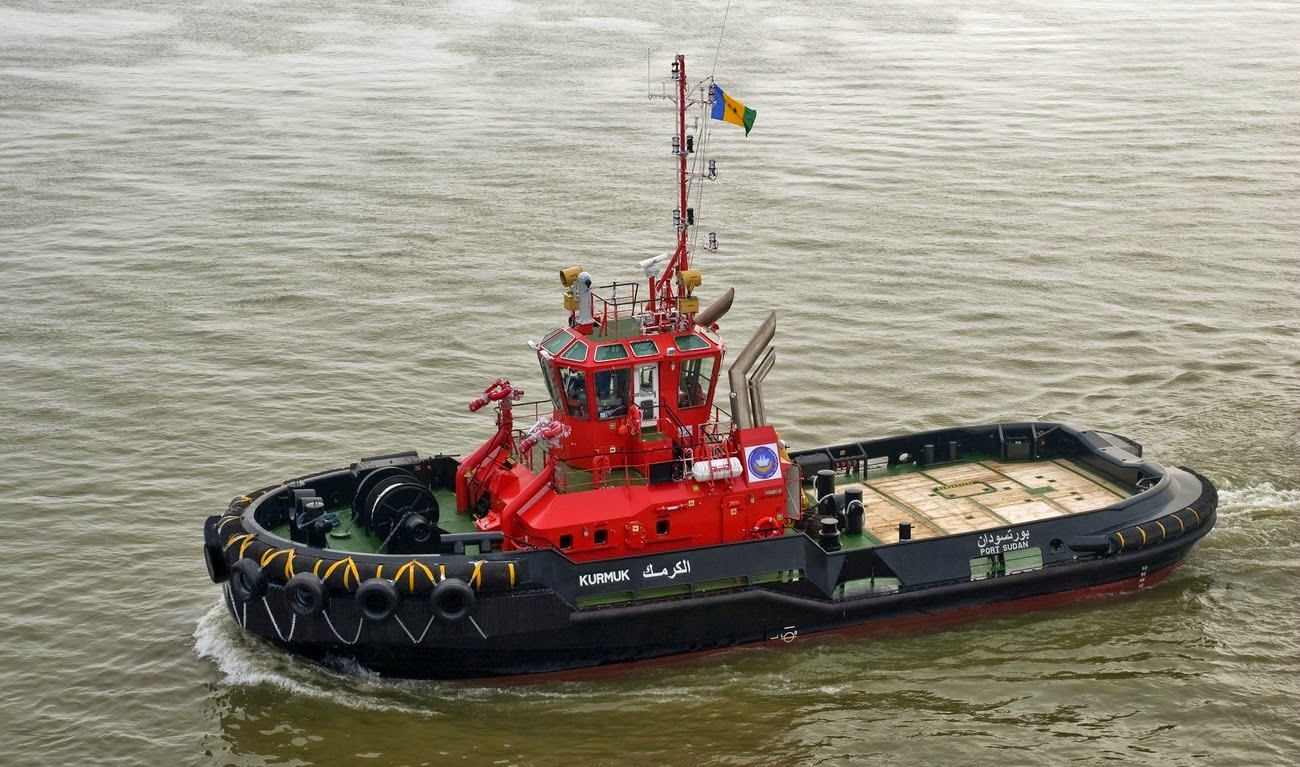A Brief Guide to Liquidated Damages
We often receive queries from readers at the Shipping Law Blog, and today we received one from a non-lawyer, who had been asked to confirm whether one of their contracts contained a 'liquidated damages clause'.
(Image Credit: Western Area Power)
To non-lawyers this language is typical of the legalese used by lawyers, to refer to what is really a very simple concept; in short it means, does the contract contain specific compensation amounts payable.
When two parties enter into a contract they agree to both do something for each other (consideration). Normally, in the maritime industry, one party pays and the other performs a service. If either party does not maintain their side of the deal they are considered to have breached the contract.
Only very serious (fundamental / repudiatory) breaches will actually bring the contract to an end. So, in general, the legal position is that the party who has breached a part of the contract must pay the other compensation (damages) for that breach and the contract continues. Normally, when such a breach happens, the parties have to agree on how much compensation should be paid, or the case goes to arbitration or court to decide.
Litigation costs an awful lot of money and in cases like a long-term hire agreement for a vessel (charterparty), where there will probably be many small breaches, it is better for the parties to agree beforehand how much compensation is due for different types of breach. These amounts are then inserted in the contract and becasue they are damaged which have been refined to specific (normally USD) amounts, they are known as liquidated damages.
Example
A common example would be demurrage. When you hire your ship, you might say that the ship will spend 1 day at the load port and 1 day at the discharge port. The charterer therefore agrees that they will load the cargo and discharge the cargo at their chosen ports within this timeframe. If the vessel stays in port longer (say because the Charterers are slow to get the cargo trucked to of from the ship), the vessel owner will incur additional charges, fees and delays. Therefore a clause in the charterparty may say that demurrage (i.e. delay by the charterer) will be charged at USD 500 per day, or pro rata per hour. When there is a delay of 3 hours, this becomes payable, without an argument as to whether it is reasonable.
Penalty Clause
The amount cannot be any amount, but must broadly reflect the additional costs of the breach on the party who has suffered. Otherwise the English Courts would likely consider the clause a penalty clause, which would be unenforceable under English Law. The main case law on this area dates back to 1915 (Dunlop Pneumatic Tyre Co Ltd vs New Garage & Motor Co Ltd), and outlines when a liquidated damages clause will be considered a penalty clause.








